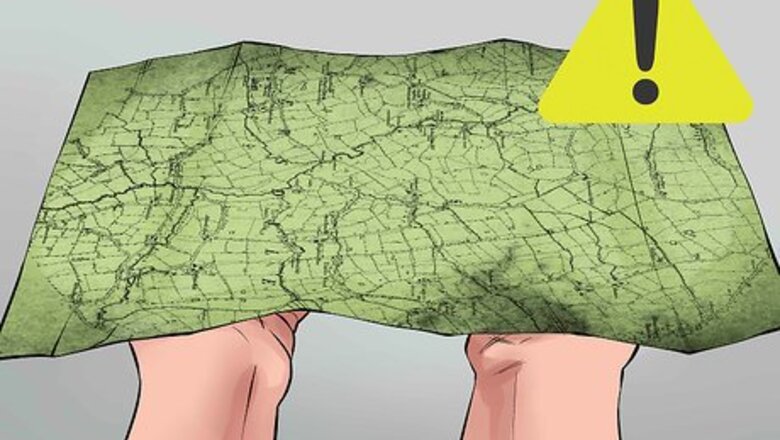
views
As recent and forthcoming examples sold at auction attest, this particular area of collectibles brings collectors' key responsibility to the fore: to preserve pieces of man's history.
For that reason, it is imperative that you take good care of your maps and manuscripts.
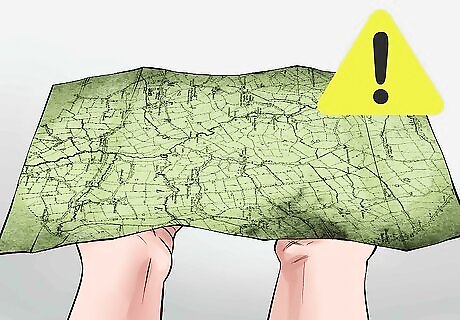
Handle them carefully. A lack of care when handling old manuscripts is the most prevalent cause of their damage, often resulting in wear and tears, worn-out images, creases and stains.
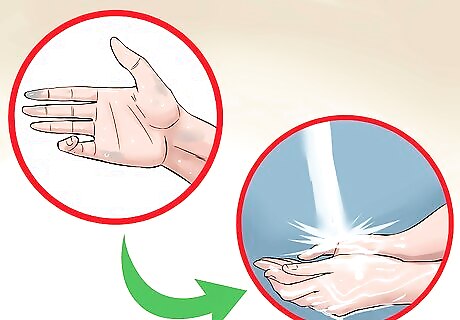
Don't handle the paper with unwashed hands. Oils and salts in your perspiration may damage the paper and leave difficult stains.
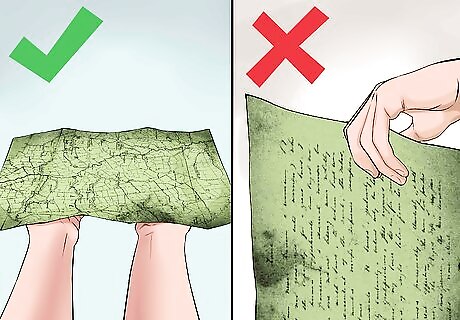
Always handle your rare maps a manuscripts with two (clean) hands and never handle them by the edges, particularly if tears are already evident.
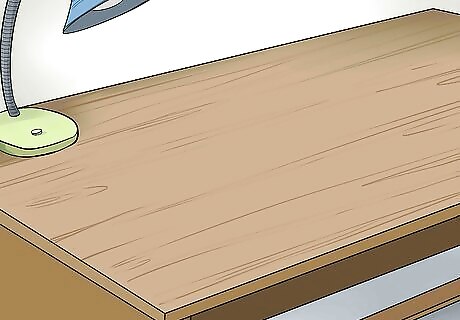
Prepare a clean viewing surface on which to enjoy your collection, with no liquids, foods, ink pens or other messy objects nearby.
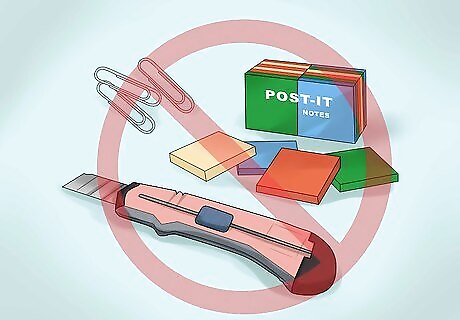
Avoid any use of paper clips, staples post-it notes or other potentially damaging stationery items.
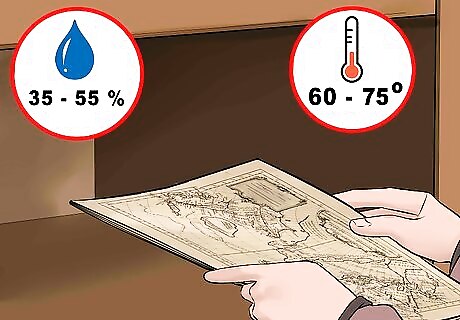
Don't store your collection in a space where there are extreme changes in temperature or humidity. Each of these can have a detrimental effect on the paper. Ideally, your storage space should have a maintained humidity of 35-55 percent, with a temperature of 60-75 degrees.
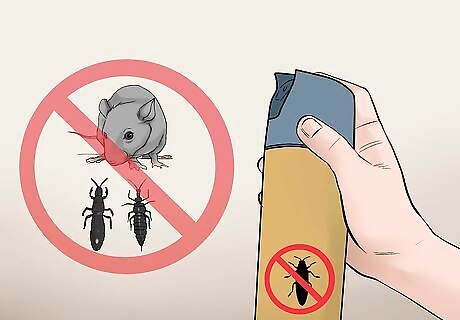
Avoid anywhere frequented by insects or rodents!
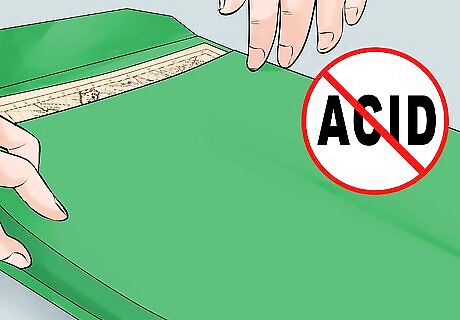
Maps and manuscripts should generally be stored flat, either in a shallow drawer or acid-free box. Here, each piece should be stored in a folder or sleeve made from 100% acid-free paper.
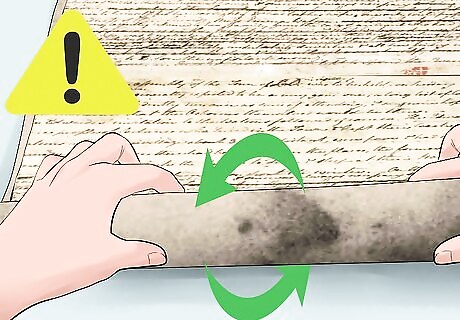
If the artifact is too large to store flat, then carefully roll it into a large diameter tube. Again, the tube should be constructed from acid-free materials, or protected with Mylar.
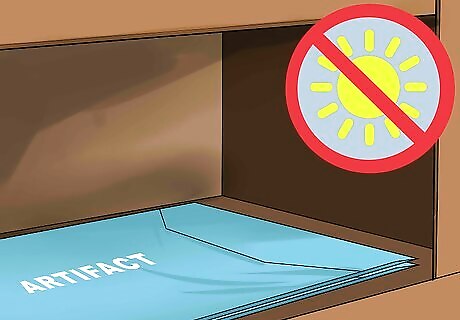
Keep your maps and manuscripts away from strong direct or reflected sunlight, as this will fade the colors and worsen the deterioration of the paper. Fluorescent lights are also harmful, and UV filters should be used wherever possible.
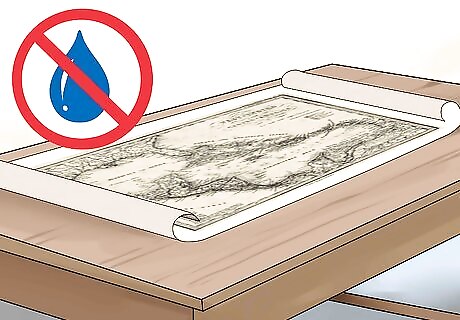
Don't display your collection in spaces prone to damp - say, a bathroom or basement or outside surface - as excess humidity will also damage the paper.
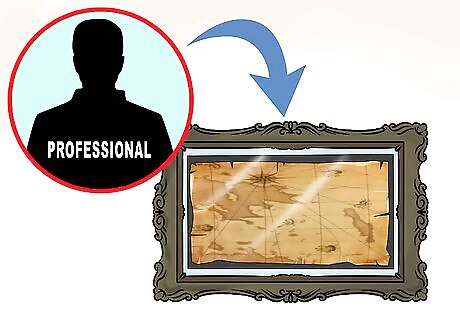
To frame your maps or manuscripts, it is better to employ someone who is trained in proper framing techniques.
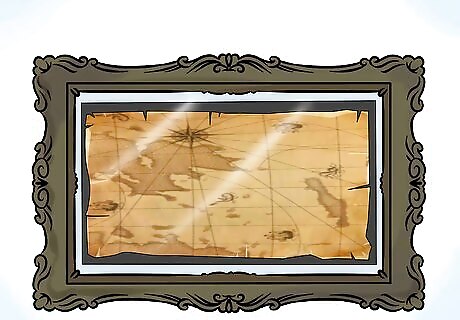
Proper framing should be superficially artistic - after all, your collection is supposed to be enjoyed! - but it is most important that it protects your collectibles.
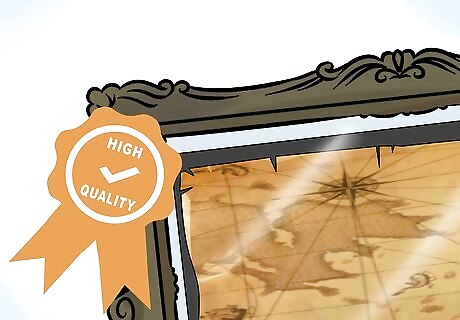
Be sure that the frame is sealed, and that materials included in your frame are of the highest quality. Look out for features such as 100% acid free conservation mat boards, reversible-mounting adhesives, and ultraviolet light filtering glazing.
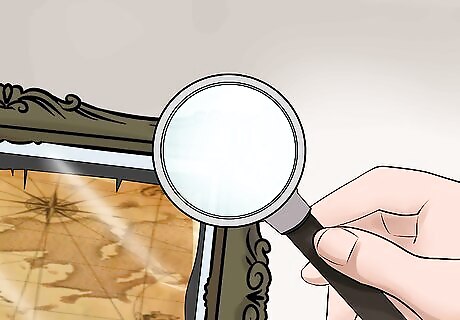
The frame of your map or manuscript should be periodically inspected for any problems which can damage the artifact.
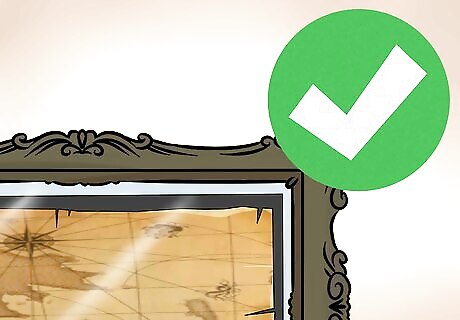
Make sure that the dust cover is intact, and that the bumpers and hanging mechanisms of the frame are secure. Check for signs of mildew and insects, and fading or yellowing of the paper.


















Comments
0 comment